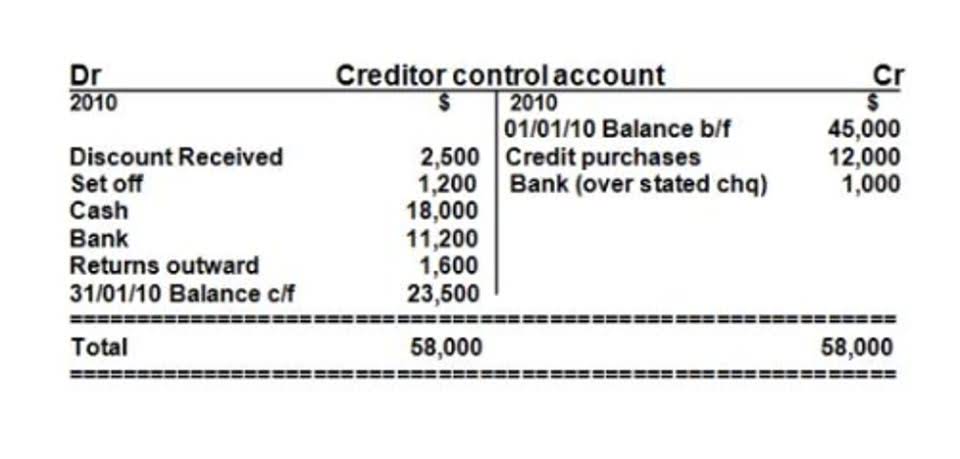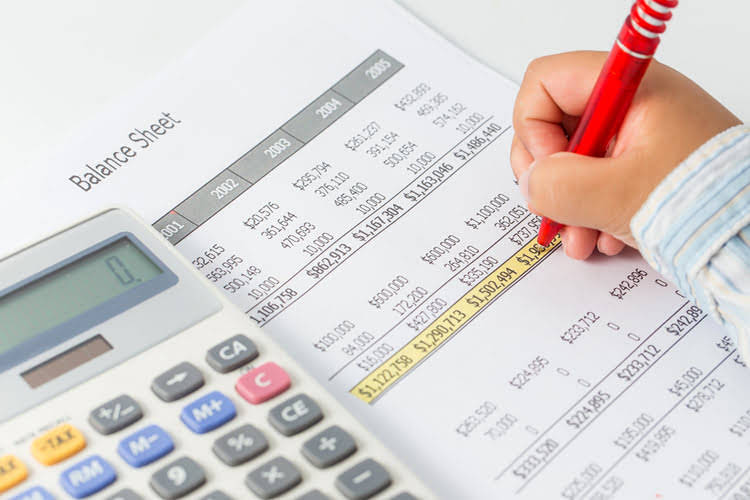Variable Cost: Meaning, Formula, Types and Importance

Prices must be set so that the contribution margin is greater than zero, or else a business will have no opportunity to generate a profit. The total variable cost is calculated by multiplying the output quantity by the variable cost per unit of output. Yes, variable costs can significantly impact a company’s competitiveness. A company that manages https://www.bookstime.com/ to lower its variable costs can afford to offer its products or services at a lower price than competitors, potentially capturing a larger market share. Efficient management of variable costs can also allow a company to invest more in other areas, such as marketing or research and development, further enhancing its competitive edge.
Fixed Cost: What It Is and How It’s Used in Business
Some industries may have additional variable costs to consider; a food service company for example may need to pay to dispose of unsold food. In manufacturing or energy-intensive businesses, utilities such as electricity, water, or fuel are variable costs that change with production volume. For example, a factory running at full capacity will consume more power, raising electricity costs.

Helps business planning

Because variable costs directly correlate with production and sales, they income summary are essential for precise cost projections. With accurate cost projections, companies can set more realistic budgets. Furthermore, if a particular order requires specialized ingredients that are more expensive, the variable cost per cake would increase accordingly. In this way, variable costs directly correlate with the production output and the specifics of each order.
Difference between Marginal Cost, Average Cost, and Total Cost

Used for analyzing total cost behavior and making decisions related to production levels, pricing strategies, and resource allocation. Indicates the total monetary outlay directly related to production levels, allowing businesses to assess total cost implications. Calculated by multiplying the variable cost per unit by the number of a variable cost is a cost that units produced or the level of activity. Some common examples include sales commission, labor costs, and the costs of raw materials.
Example: Calculating the Break-Even Point (in Units)
It is the aggregation of expenses incurred by a business, where some components are fixed costs and others are variable expenses. Usually, this is witnessed in mass production—costs are fixed to a specific production level. However, manufacturers incur variable expenses if they increase production beyond that level. Total contribution is the difference between total revenue and total variable costs. A positive value of total contribution means that the business can cover its fixed cost and generate some profit. An example of a variable cost per unit would be if a company makes chairs.
- To achieve this, the company appoints 45 laborers and pays each laborer $18 for a day’s work.
- Thus, the materials used as the components in a product are considered variable costs, because they vary directly with the number of units of product manufactured.
- Calculated by dividing the total variable cost by the number of units produced.
- Meanwhile, fixed costs must still be paid even if production slows significantly.
- JIT is particularly effective in industries where inventory costs are a significant component of variable costs.
- This opens the door for companies to set prices that not only cover the cost of production but also generate a profit.
- In general, a company should spend roughly the same amount on raw materials for every unit produced assuming no major differences in manufacturing one unit versus another.
- Overhead is not a variable cost, since overhead costs will be incurred, irrespective of production levels.
- If variable expenses are incurred in batches, they might need to be divided among the commodities (For example, 100 pounds of raw materials are acquired to produce 10,000 completed goods).
- What are variable costs and how can calculating them help companies improve profitability?
- For a business which produces clothing, variable cost would include the direct material, i.e., cloth, and the direct labor.
It is an aggregation of various variable expenses incurred by a business. Calculated by dividing the total variable cost by the number of units produced. If your company offers shipping to customers, you’ll need to consider packaging and shipping among your other variable costs. Since you’ll only need to pay for packaging and shipping if/when you make a sale for delivery, it’s considered a variable cost—even if the price of shipping remains the same over time. Direct materials refer to any materials that are used in the production of a unit that makes it into the product itself. For example, wood is a direct material for the chair company, since the final chair is made of it.

Financial Planning
But if you need more staff (or need staff to work more hours) to fulfill an order, paying wages for these labor increases would be considered a variable cost. So what do you need to know about budgeting for these fluctuating costs? What are some examples of variable costs, and how should you consider them in your business strategy? In this guide, we’ll break down everything you need to know about variable costs. A variable cost is a type of corporate expense that changes depending on how much (or how little) your company produces or sells.
Exercises and Examples for Variable Costs
By understanding the nature of variable costs, companies can make smarter financial choices and remain competitive. The most significant characteristic of variable costs is their flexibility. Costs rise as activity volume grows, and diminish as activity volume decreases. A variable cost is an expense that changes in proportion to production or sales volume. This means as production increases or decreases, so does the total cost.
Understanding and managing variable costs equations are integral to financial planning, strategic decision-making. Reducing variable costs involves a combination of strategic sourcing, process optimization, and other such strategies. Let us understand how to reduce the value on a variable costs calculator through the discussion below.
